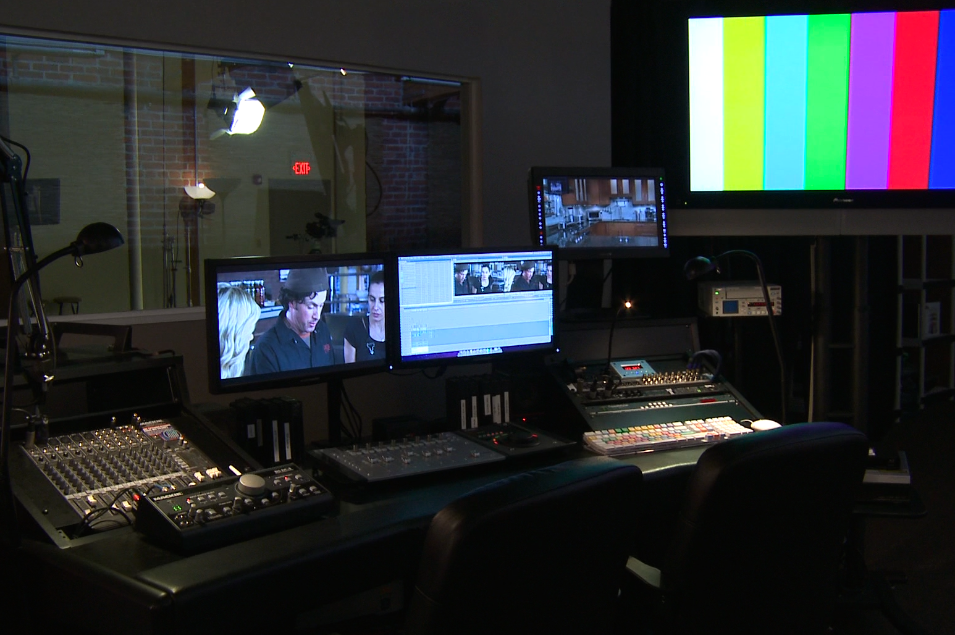In our series about making the most of an in-house video studio investment, we have explored how marketing team members, beyond the small studio staff, need to be included in video projects and how to think about a repeatable video production process. How does this translate into producing best-in-class videos in-house?
What is best-in-class video?
First, let’s consider what best-in-class means. It is unlikely that a small in-house studio team is going to produce big budget multi-week productions that require a small team of crew, not to mention writers, designers, talent, styling, equipment and overall complexity. Typically a project that requires that level is coordination and creativity will require outside help. Best-in-class does not mean producing highly stylized productions that would make Wes Anderson proud.
An audience-first approach to video creation
We suggest that brands begin with an audience-first approach to better understand the expectation the viewer will have for videos from your industry. Are your competitor videos highly polished and produced or are they a bit gritty and authentic? Take, for example, a start-up snowboarding company. It might be easy to imagine that a few GoPro cameras, a drone, and an iPhone camera would be sufficient to gain the look and feel for the videos of that brand. Juxtapose that with a wealth management firm’s videos and you may start to imagine videos shot using 4K cameras and a professional lighting setup. This is not to say that as a brand you cannot deviate from your competitors and the industry “standard”, but it is to say that you should think of your audience first and their expectations when determining what best-in-class means to your company.
Best-in-class does not have to mean that it is the most expensive or that the videos are shot using the best equipment that can be found. Rather, it is about creating an opportunity for your brand to outshine competitors in the space.
Create a branded video style
Creating a branded style for video takes time. We often see companies build an in-house studio and simply start churning out videos. The execution can come across as lacking, even though much effort was made to produce a video. As a company, you want to have thoughtful discussions about video, understand tonality, pace, cadence, design, motion graphics, branding elements, and messaging before anyone steps into the studio. Think of it as creating a style guide for video. Brands often have style guides for print or web but it’s not also a straight linear path to adapting those to video, since video is multidimensional and offers more than a flat surface.
Think of it as creating a style guide for video.
Once you have the style and look defined, then the truly important factor becomes consistency. Stick with your style and create branded videos that differentiate you from the pack. Think about the difference between Geico videos and any other insurance company creating TV ads. Immediately you understand the distinction and understand that Geico has a style. It is a fine line to meet or exceed the expectation of the audience, but in a way that is unique and feels authentic to your brand.
Understand your assets and your liabilities
One factor that must be considered when trying to create best-in-class videos is your assets, or your strengths, and your liabilities, or more accurately, your limitations. Perhaps on the small video studio team, one team member is masterful at creating motion graphics. Use that asset as an advantage and perhaps think through how intricate and imaginative motion graphics can help to define the style of the video.
Similarly, it is critical that you understand and accept your limitations. For example, if your studio set up is small, don’t try to place multiple people on set or do a large round table format that requires space for proper lighting and multiple cameras. Perhaps your studio manager is more adept at editing videos that feature one to two people as opposed to weaving together complex stories that include a handful of people or more. That is fine. Simply, create a series of short videos as opposed to one larger video that sheds light on a subject from multiple experts. Just because a competitor is doing something, does not mean you need to do it. I would always suggest that you focus on perfecting simplicity rather than falling short with something unnecessarily complex.
Define what best-in-class means for your company
There are many ways to differentiate in video and create something best-in-class for your audience. It can be accomplished through a unique shooting style, the way a story or the messaging unfolds, or the way graphics animate on screen. The focus for the team should be on understanding how video can help elevate the story you’re trying to tell. Don’t do video just so you have video. Do it because you have something not only to say, but something to show.
Want to talk more about how to create unique and appropriate best-in-class videos in-house? Email us at jcosco – at – tippingpointlabs dot com.
This is part four of our series about making the most of an in-house video studio investment. Next up in our series — how to determine when you should augment the in-house video team with outsourced professionals.
